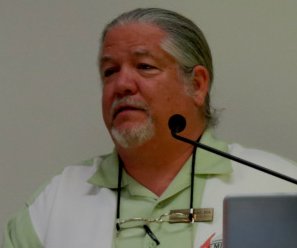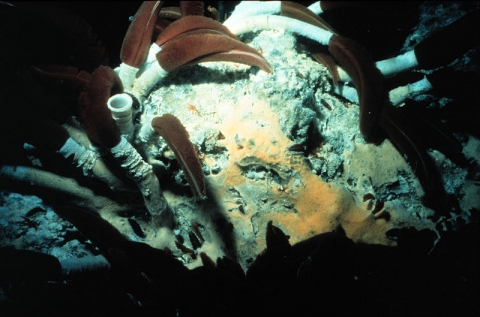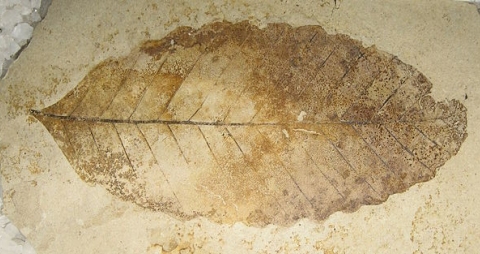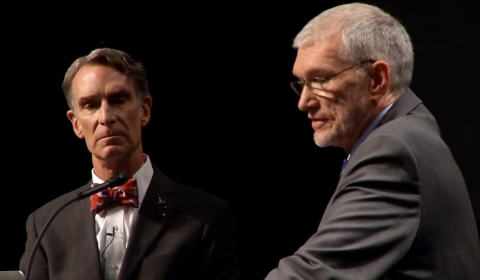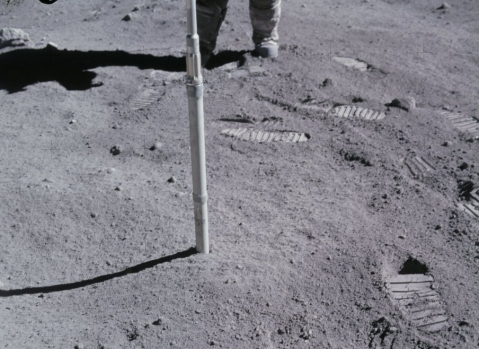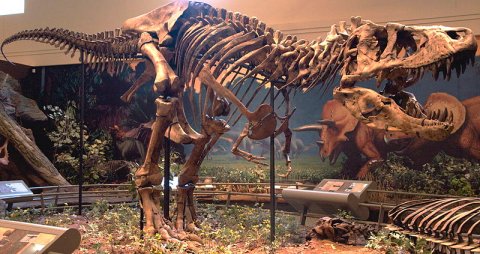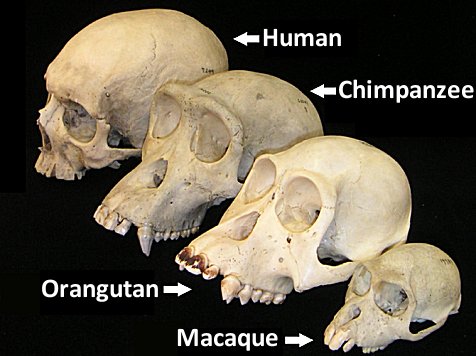
In case you haven’t read two of my previous posts (here and here), I am doing something I haven’t done for nearly 20 years – teaching a university-level chemistry course. The class has been going on since the last week of August, but starting this past Friday, the topic has been nuclear chemistry, which is the speciality in which I got my Ph.D. Obviously, then, it is near and dear to my heart. We are probably spending too much time on the subject, but I just can’t help it. We will be getting back to “normal” chemistry (which concentrates on electrons) soon enough. For now, I want the students to see the wonders of the nucleus!
Of course, the most reasonable subject with which to begin a discussion of nuclear chemistry is radiation. So I taught the students about the various modes of radioactive decay, why radioactive decay happens, etc. Then I tried to make the point that radiation is everywhere, and that’s okay, since our bodies are designed to deal with low doses of it. I then showed them a Geiger counter and a radioactive source. The source was labeled with the warning symbols you see above. Not surprisingly, when I put the source up to the Geiger counter, the students heard lots of clicking, because the source was emitting gamma rays.
Then I surprised them a bit. I put an old orange ceramic plate up to the Geiger counter, and it started clicking a lot more than it did with the source I had just used. That’s because the pretty orange color was made using uranium oxide, which is radioactive. It emits alpha particles, beta particles, and gamma rays. People ate off those plates for many years before it was determined that they shouldn’t be made anymore. I did the same thing with an old wristwatch. Once again, the Geiger counter went nuts, because the watch’s hands and numbers had been painted with a mixture of radium and zinc sulfide to make them glow. The radium also emits alpha particles, beta particles, and gamma rays. I then assured them that modern luminous paints aren’t radioactive.
The reason I am writing this blog entry, however, is because of a question one student asked me.
Continue reading “An Excellent Question from a University Student”


